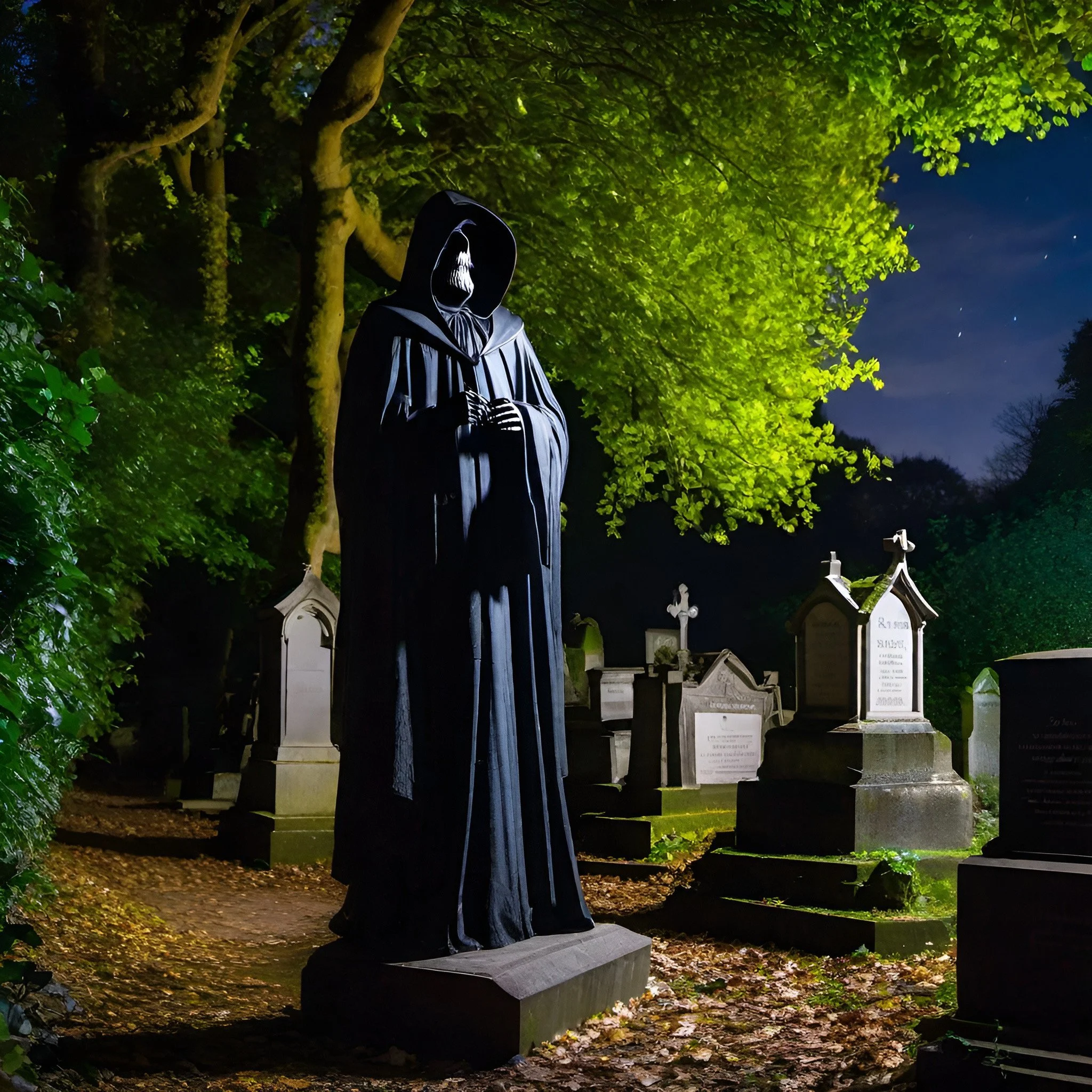A Curse Carved in Blue: Unraveling the Legend of the Hope Diamond

This breath-taking 45.52-carat deep-blue diamond. Its beauty is undeniable, captivating all who gaze upon its depths. But behind the sparkle lies a chilling tale, a whisper of a curse that has followed it through centuries and across continents.
How Did The Curse Begin?
Our story begins in 17th-century India, specifically in the Kollur Mine of Golconda. It was here that the Tavernier Blue, a much larger, uncut blue diamond, was unearthed. Legend whispers that this stone was plucked from the eye of a Hindu idol, a sacrilegious act that would forever taint its lineage with misfortune.
French gem merchant Jean-Baptiste Tavernier acquired this magnificent stone and brought it back to Europe. Eventually, it found its way into the hands of King Louis XIV of France, who had it recut into a 67.125-carat heart-shaped gem known as the "French Blue" or the "Blue Diamond of the Crown." This is where the documented history of the Hope Diamond truly begins, and so too, allegedly, does its trail of tragedy.
Louis XIV, despite his opulent reign, met a less-than-glamorous end, succumbing to gangrene. While hardly direct proof of a curse, it marked the beginning of a pattern that would become synonymous with the blue stone.
Lost And Found
The French Blue remained a prized possession of the French monarchy until the French Revolution. In 1792, during the looting of the crown jewels, the diamond vanished, only to reappear in London in 1830, recut into its current, smaller form – the Hope Diamond. The link to the stolen French Blue was later confirmed, solidifying its controversial origin.
It was around this time that the whispers of a potent curse truly began to solidify. Its new owner, the wealthy British banker Henry Hope (from whom the diamond gets its name), didn't suffer any immediate, dramatic misfortune. However, the tales surrounding its subsequent possessors paint a far more ominous picture:
Jacques Colet: A French banker who reportedly owned the Hope Diamond briefly. Legend claims he died by suicide.
Lord Francis Hope: Henry Hope's grandson, who inherited the gem. He faced financial ruin and a scandalous divorce. Some believe the diamond exacerbated his misfortunes.
Simon Montharides: A Greek gem merchant who acquired the diamond. He reportedly died in a fall from a cliff shortly after the purchase.
Sultan Abdul Hamid II: The Ottoman Sultan, known for his paranoia and eventual deposition, owned the diamond. It's said that many associated with his court who handled the gem met violent ends.
Evalyn Walsh McLean: A prominent Washington socialite who owned the Hope Diamond for decades. Her life was marked by a series of devastating tragedies, including the death of her son in a car accident, the suicide of her daughter, and the descent of her husband into alcoholism and eventual institutionalization. While correlation doesn't equal causation, the sheer volume of misfortune during her ownership fueled the curse narrative.
Donation to the Smithsonian
The stories surrounding the Hope Diamond became so pervasive that when Harry Winston, the famous New York jeweler, acquired it in 1949, he famously dismissed the curse. In a bold move, he donated the gem to the Smithsonian Institution in 1958, where it has resided ever since, becoming one of its most prized and popular exhibits.
Interestingly, since its arrival at the Smithsonian, the dramatic misfortunes associated with its owners seem to have ceased. Could the curse only affect private owners? Or has its final resting place neutralized its alleged negative energy?
Skeptics point to the power of suggestion and the tendency to retroactively attribute misfortunes to the diamond's ownership. They argue that wealthy individuals are statistically more likely to experience dramatic life events, and the diamond simply became a convenient scapegoat.
However, the enduring allure of the curse persists. The Hope Diamond, with its mesmerizing blue hue and its dark history, continues to fascinate and intrigue. Whether a genuine harbinger of doom or simply a beautiful object caught in a web of tragic coincidences and captivating storytelling, the legend of its curse remains an indelible part of its mystique.
Have you ever felt a sense of unease looking at the Hope Diamond? Do you believe in the power of cursed objects? Share your thoughts below




